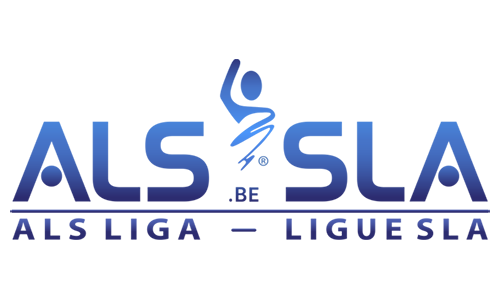C37 Pseudobulbar affect in ALS: not (only) a laughing matter
27-11-2019
MNDA SYMPOSIUM PERTH DEC19 PRESENTATIONS
(shortened version)
Session 4 Non-motor symptoms
Cleveland Clinic
Background: Pseudobulbar affect (PBA) is a neurologic disorder resulting from various brain abnormalities, including ALS. It results in uncontrolled outbursts of crying and/ or laughing, of varying severity and frequency. PBA episodes are: involuntary, usually uncontrollable, and often exaggerated, often different from the patient’s underlying mood, and prone to cause distress and social isolation.
PBA can be difficult to diagnose because it is not always “full blown” and may be mild, with infrequent outbursts, or interpreted as a “normal” response to receiving an ALS diagnosis, especially if crying is prominent. Interestingly, male ALS patients with PBA tend to laugh more often than cry, whereas females cry more often. PBA can be mistaken for depression, although certain characteristics differentiate them. Nonetheless, PBA and depression can coexist, as found in a cohort of 1067 ALS patients in whom each increasing point of initial CNS-LS >13 predicted an 11% increase in odds of depression (p found in a cohort of 1067 ALS patients in whom each increasing point of initial CNS-LS >13 predicted an 11% increase in odds of depression (p<0.0001), as revealed by self-report PHQ9 scores. Treatment of PBA has relied on a variety of antidepressant medications until FDA approval in 2010 of Nuedexta®, a combination of dextromethorphan and low dose quinidine (DM/Q). After much preliminary research, a pivotal study showed significant suppression of PBA episodes with twice daily 20mg/10mg DM/Q dosing (6). DM/Q remains the most effective way of reducing PBA, which when severe causes more distress and a poorer quality of life in patients already suffering from ALS.
Source: Abstract Book symposium Perth


